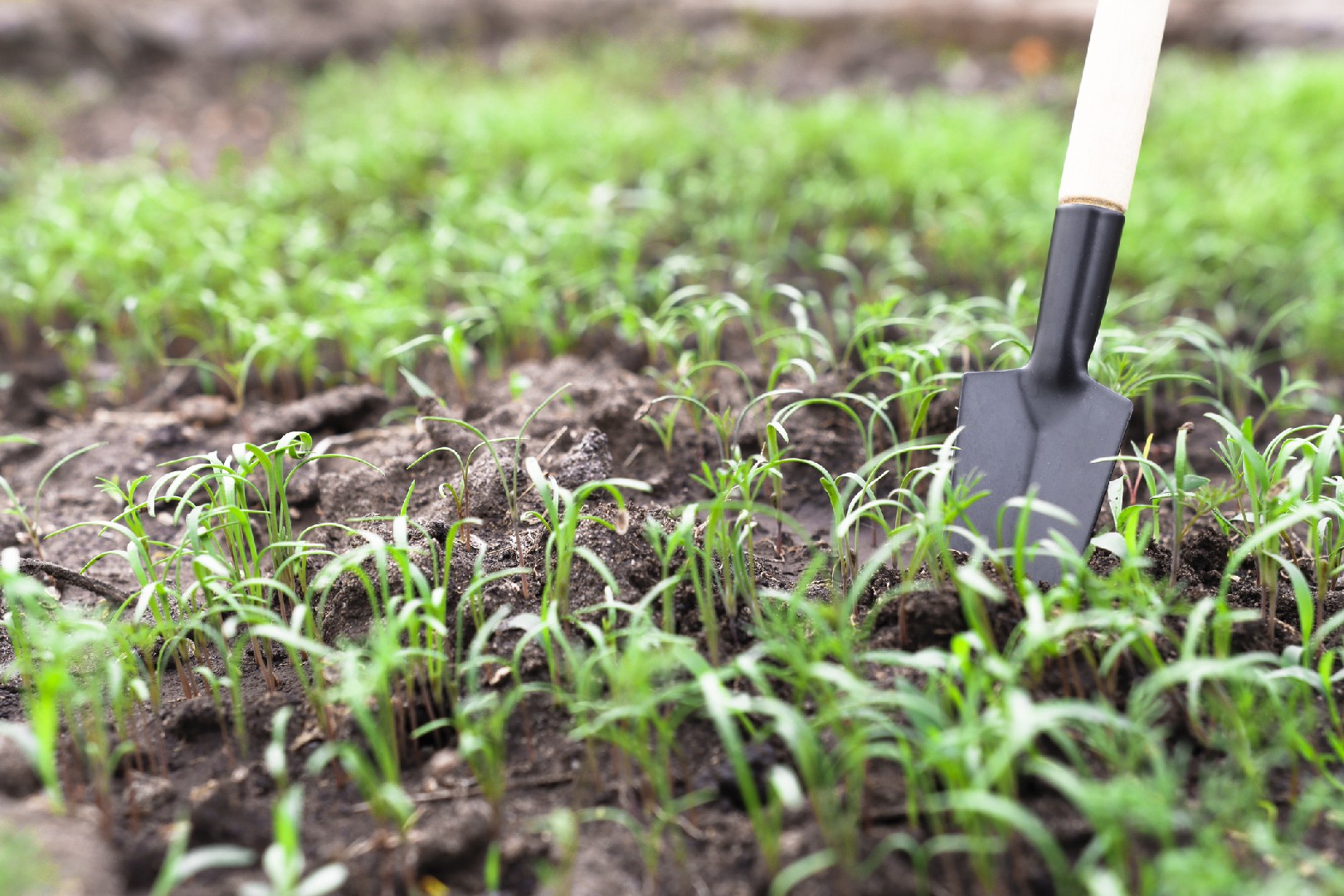![Rectangle]()
Understanding the Basics of Fertilizer
Fertilizer plays a crucial role in ensuring the successful establishment of new plantings. By providing essential nutrients, it boosts plant growth and helps them reach their full potential. In this section, we will explore the importance and role of fertilizer, demystify the N-P-K values on the label, and explain the different types of fertilizer and their benefits.
One of the key reasons why fertilizer is essential for plant growth is that it supplies nutrients that may be lacking in the soil. These nutrients, such as nitrogen (N), phosphorus (P), and potassium (K), are crucial for various plant functions. Nitrogen, for example, is responsible for leaf and stem growth, while phosphorus supports root development and flower production. Potassium aids in overall plant health, disease resistance, and stress tolerance.
Now, let's decipher the N-P-K values commonly found on fertilizer labels. N represents the percentage of nitrogen in the product, P represents phosphorus, and K represents potassium. For instance, a bag of fertilizer labeled 10-10-10 contains 10% nitrogen, 10% phosphorus, and 10% potassium. These values indicate the nutrient concentration in the fertilizer, helping you choose the right one for your specific plant needs. It's important to consider the requirements of the plants you are fertilizing, as different varieties have different nutrient needs.
There are various types of fertilizer available in the market, each with its own benefits. Organic fertilizers are derived from natural sources and provide slow-release nutrients that are essential for long-term plant health. They also improve soil structure and promote beneficial microbial activity. Inorganic or synthetic fertilizers, on the other hand, are manufactured chemically and provide immediate nutrient availability. They are often more concentrated and can quickly address nutrient deficiencies in plants.
When selecting fertilizer, it's crucial to consider the specific needs of your plants and the condition of your soil. Conducting a soil test can help determine the nutrient deficiencies and pH levels, ensuring you choose the right fertilizer formulation. Additionally, consider the growth stage of your plants. Young seedlings may benefit from a fertilizer high in phosphorus for root development, while mature plants may require more nitrogen for foliage growth.
To apply fertilizer, follow the instructions on the packaging. Generally, it's best to spread the fertilizer evenly around the base of the plants, avoiding direct contact with the stems or foliage. After application, water the plants thoroughly to allow the nutrients to penetrate the soil and reach the plant roots.
In summary, understanding the basics of fertilizer is essential for successful plant establishment. By providing necessary nutrients, fertilizer supports plant growth and enables them to thrive. Remember to consider the N-P-K values, choose the right type of fertilizer, and consider the specific needs and growth stage of your plants. By incorporating fertilizer into your planting routine, you can ensure the health and vitality of your plants for years to come.





